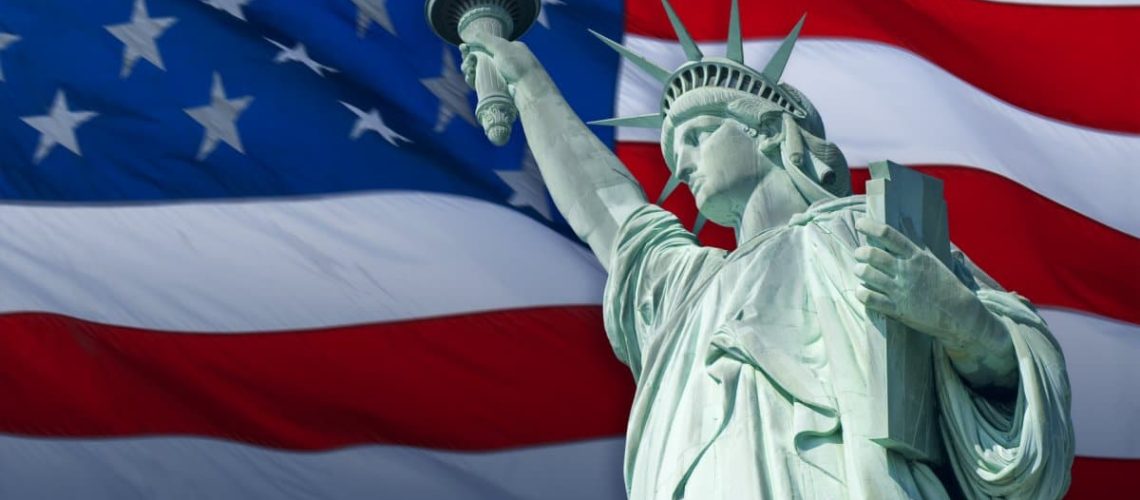Think you know your American history inside and out? Let’s put that knowledge to the test with some basic questions that surprisingly often stump many. Here are 25 simple questions that can sometimes leave us scratching our heads.
1. Who Was the First President of the United States?
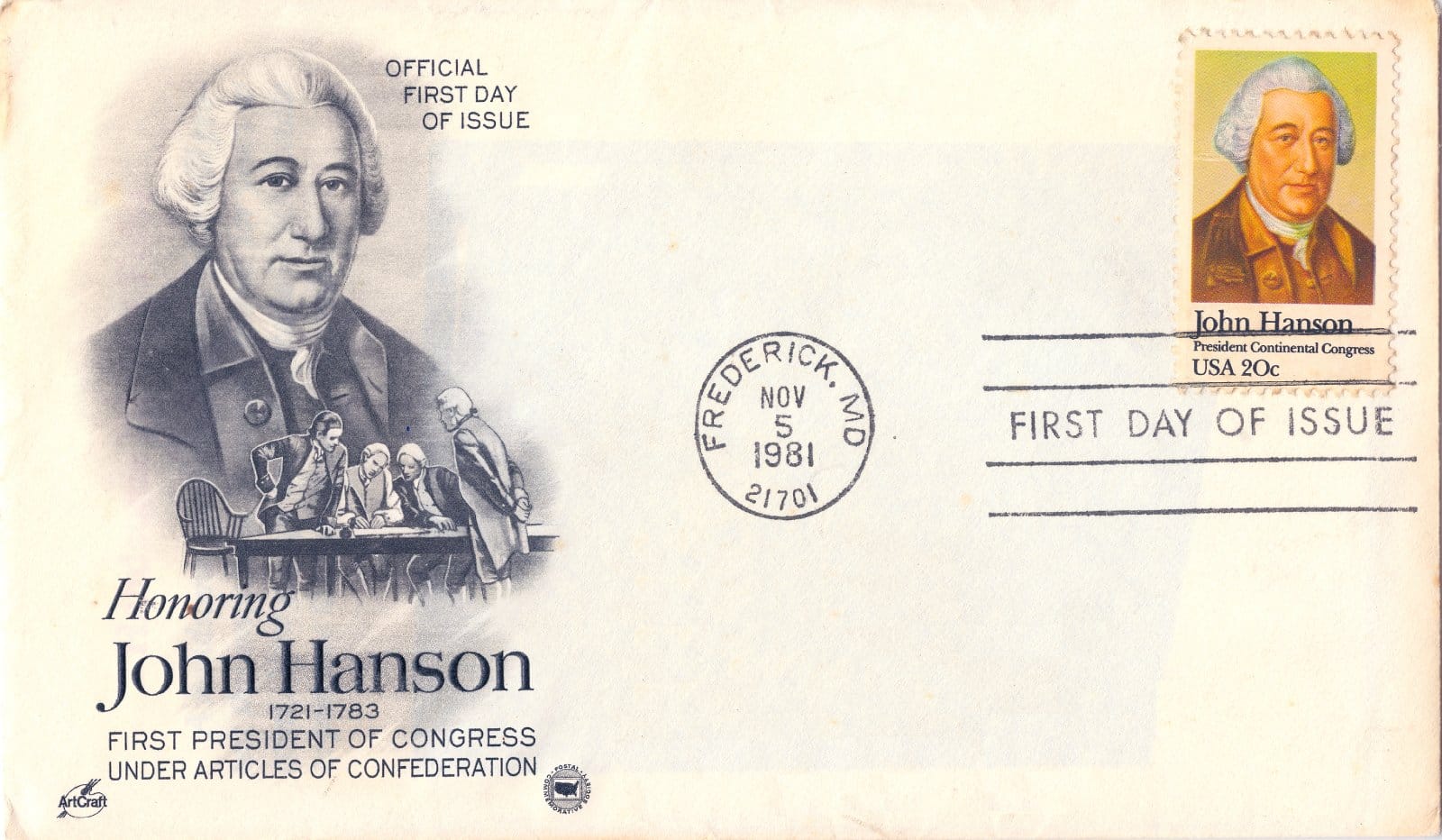
Most know George Washington was the first president, but confusion sometimes arises with figures like John Hanson, who was President of the Continental Congress under the Articles of Confederation.
2. What Year Did the United States Declare Independence?
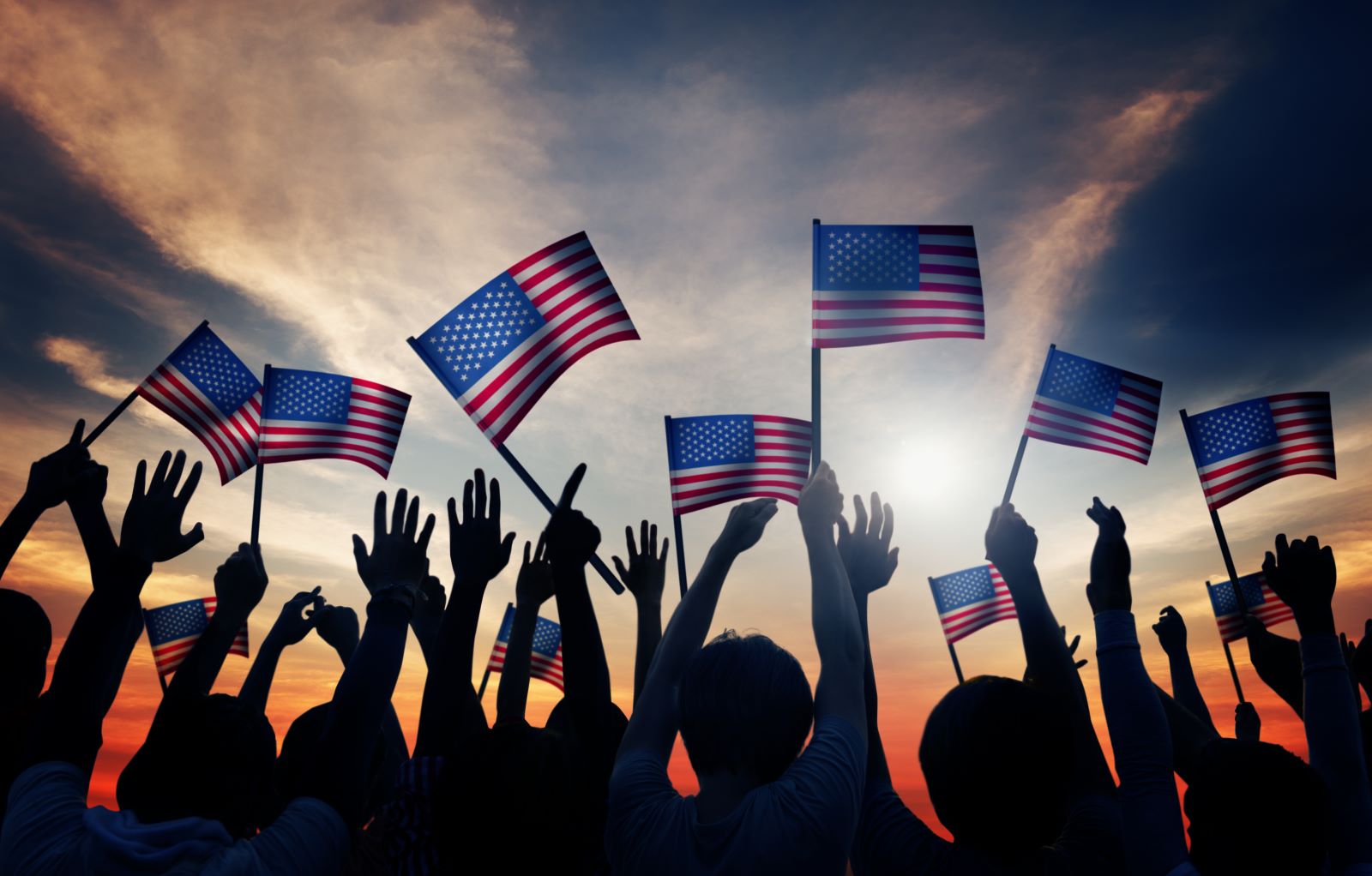
It was 1776 when the Declaration of Independence was adopted, but not everyone can recall this pivotal year without a moment of hesitation.
3. Can You Find Canada on a Map?
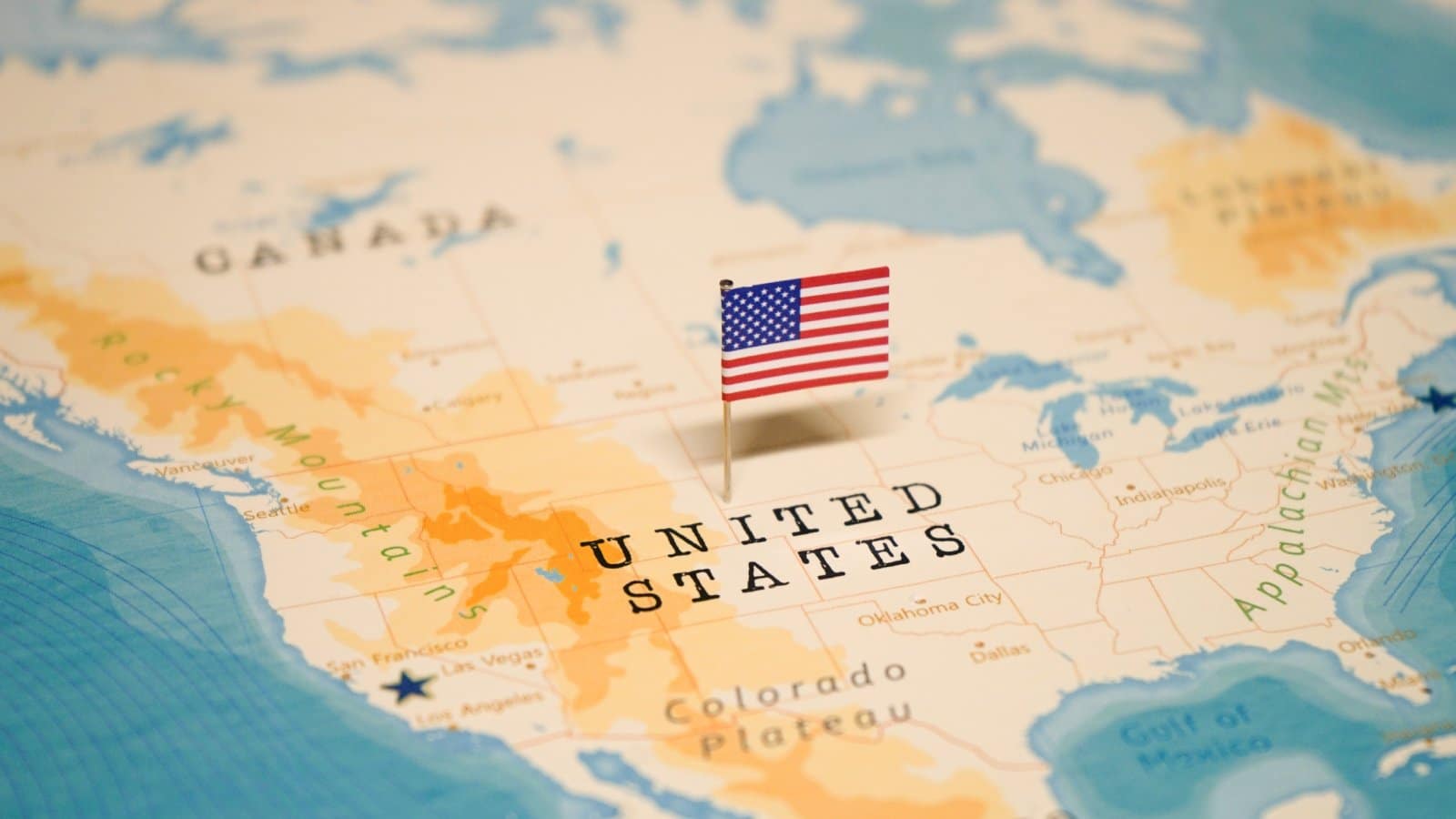
While it borders the U.S. to the north, some might fumble to point it out, confusing its vast expanse with Russia across the Bering Strait.
4. Where Was the First Permanent English Settlement in America?
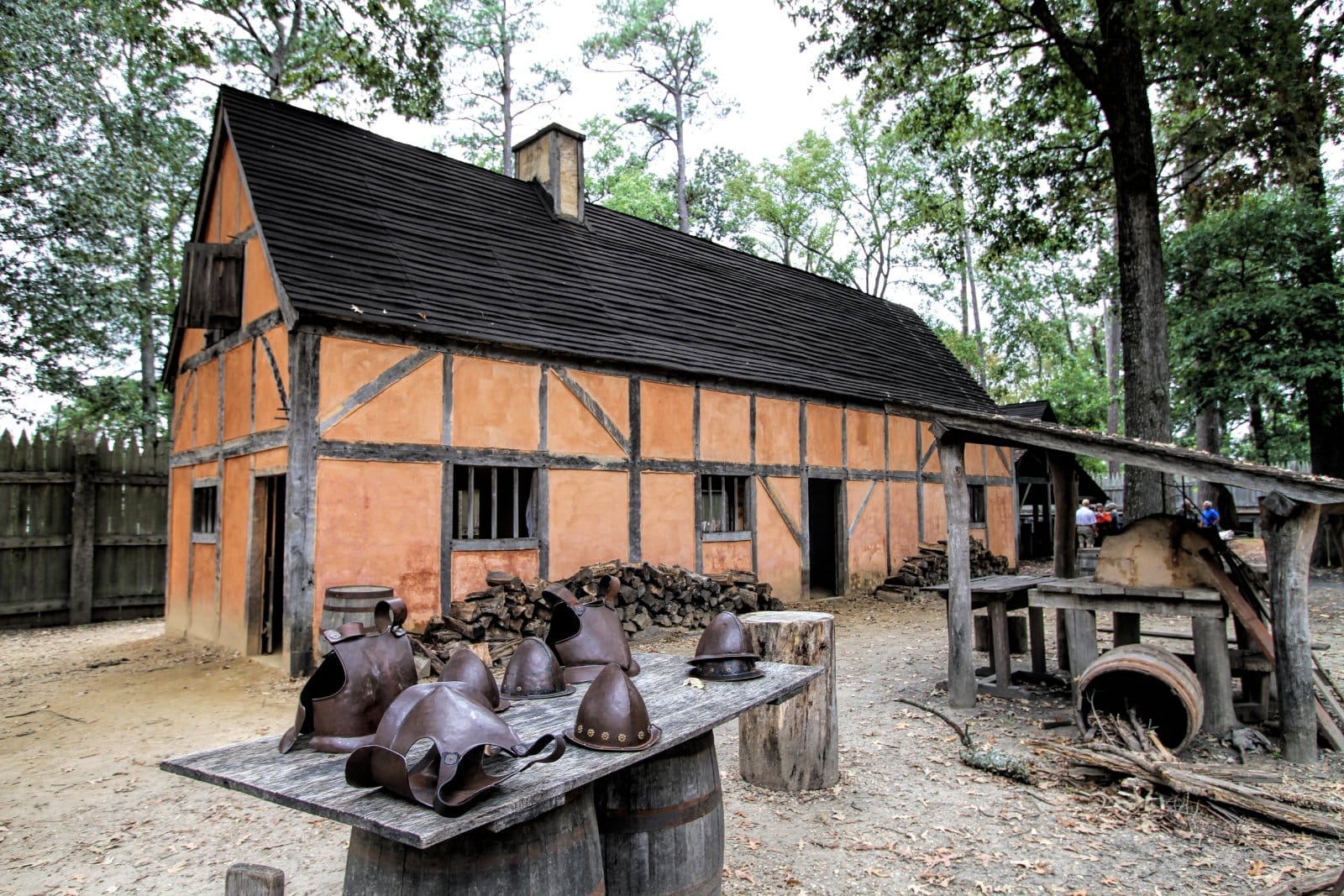
Established in 1607, Jamestown, Virginia, was the first permanent English settlement, though some might mistakenly cite Plymouth, Massachusetts.
5. What Was the Main Cause of the Civil War?

The primary cause was slavery, yet many debates arose around other factors like states’ rights and economic disputes.
6. Who Wrote the U.S. National Anthem?
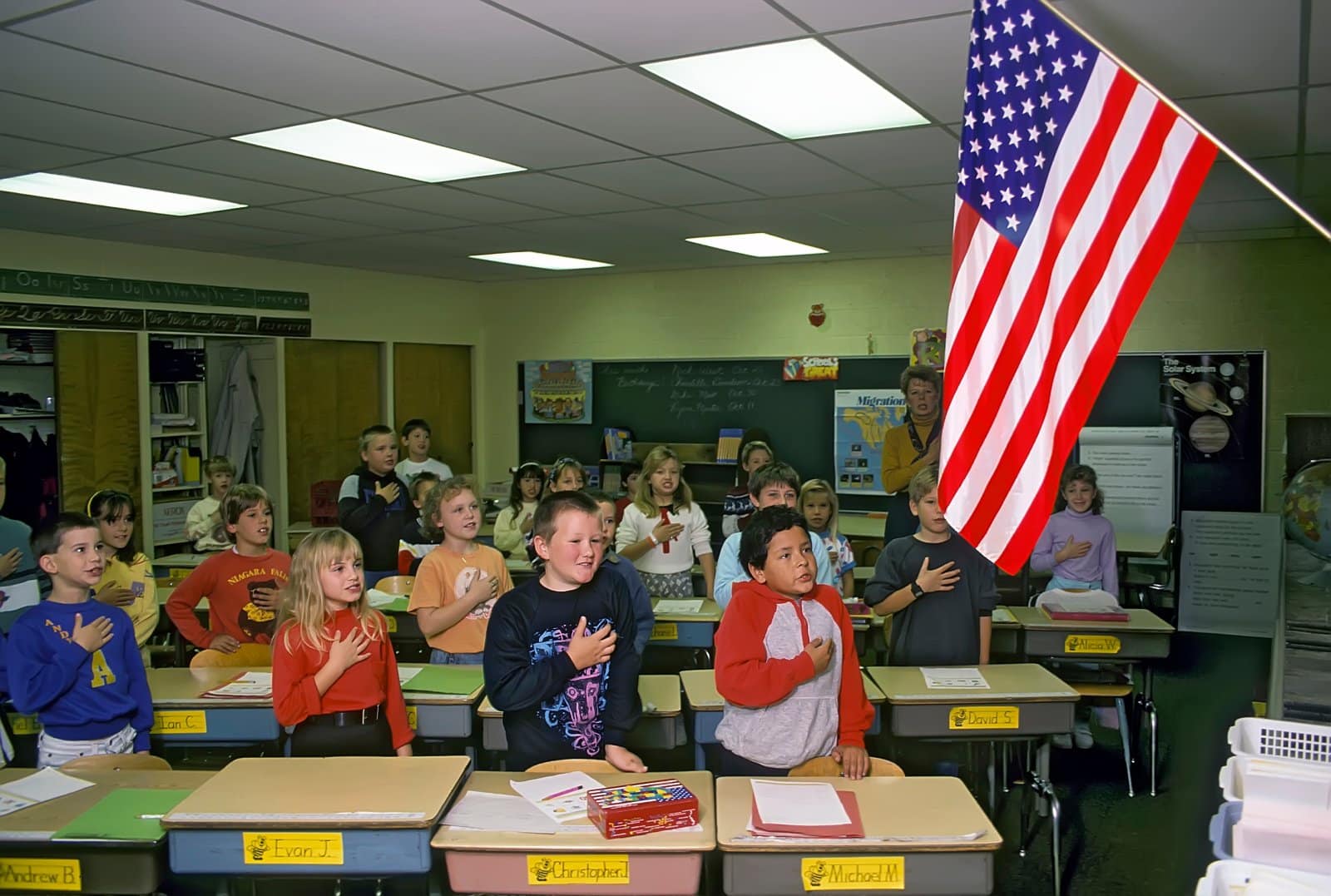
Francis Scott Key wrote the “Star-Spangled Banner” during the War of 1812, a fact often forgotten by those who might not connect the song with its author.
7. Which U.S. City Was the First Capital?
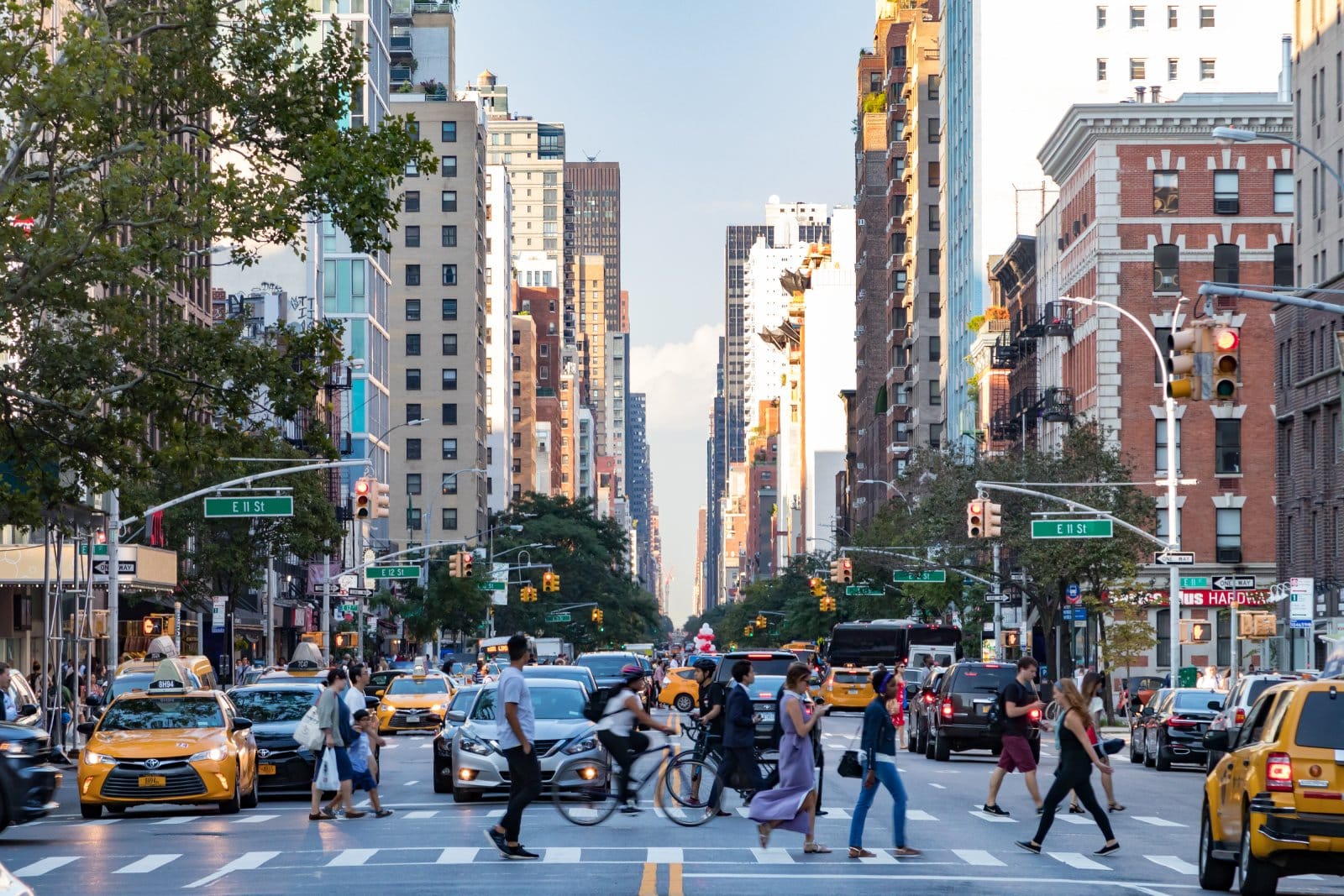
New York City served as the nation’s capital from 1785 until 1790, which surprises many who assume it was always Washington, D.C.
8. How Many Justices Serve on the U.S. Supreme Court?
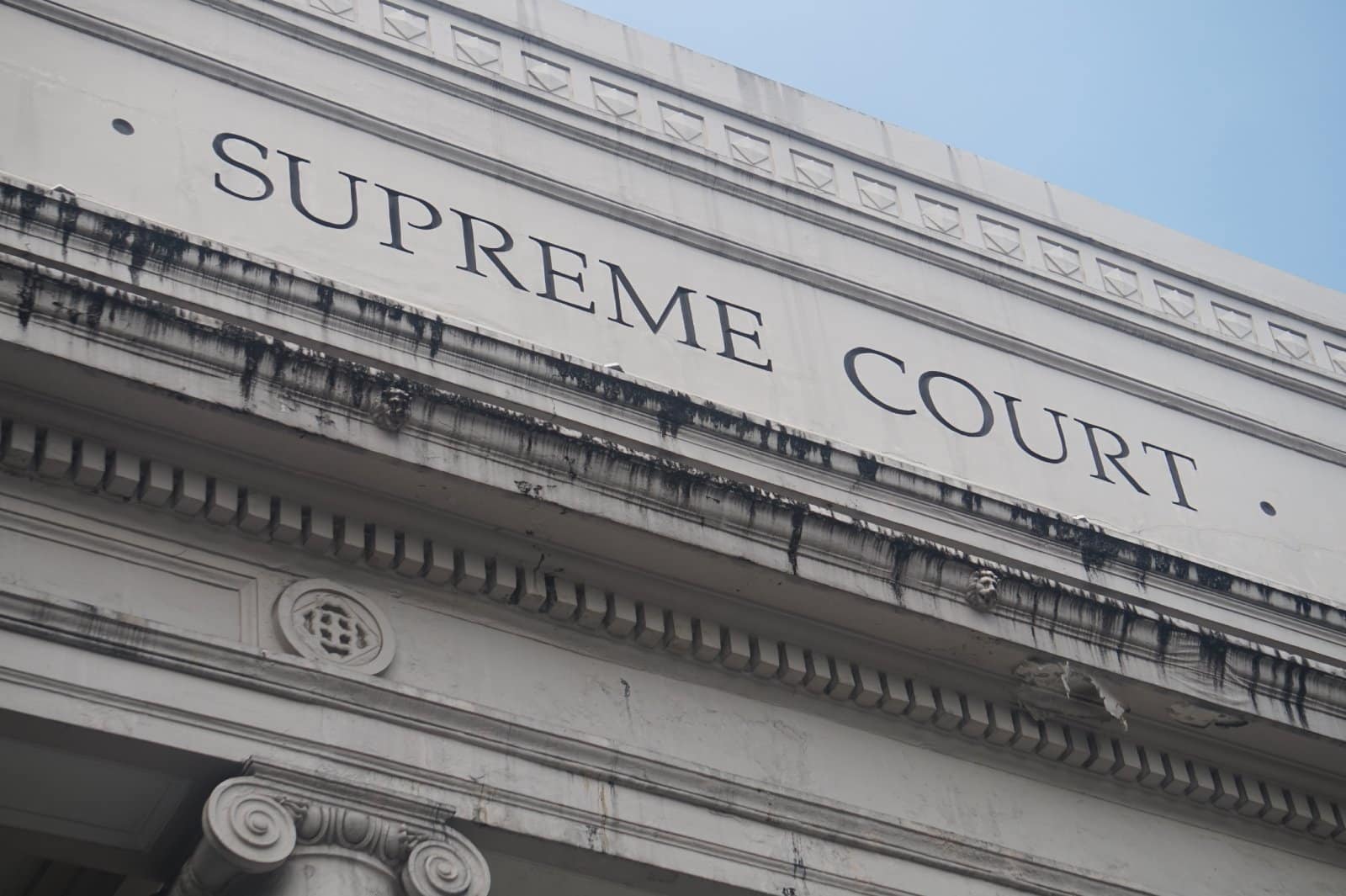
There are nine Supreme Court justices, though the number has changed over time, leading to confusion.
9. What Did the Emancipation Proclamation Do?
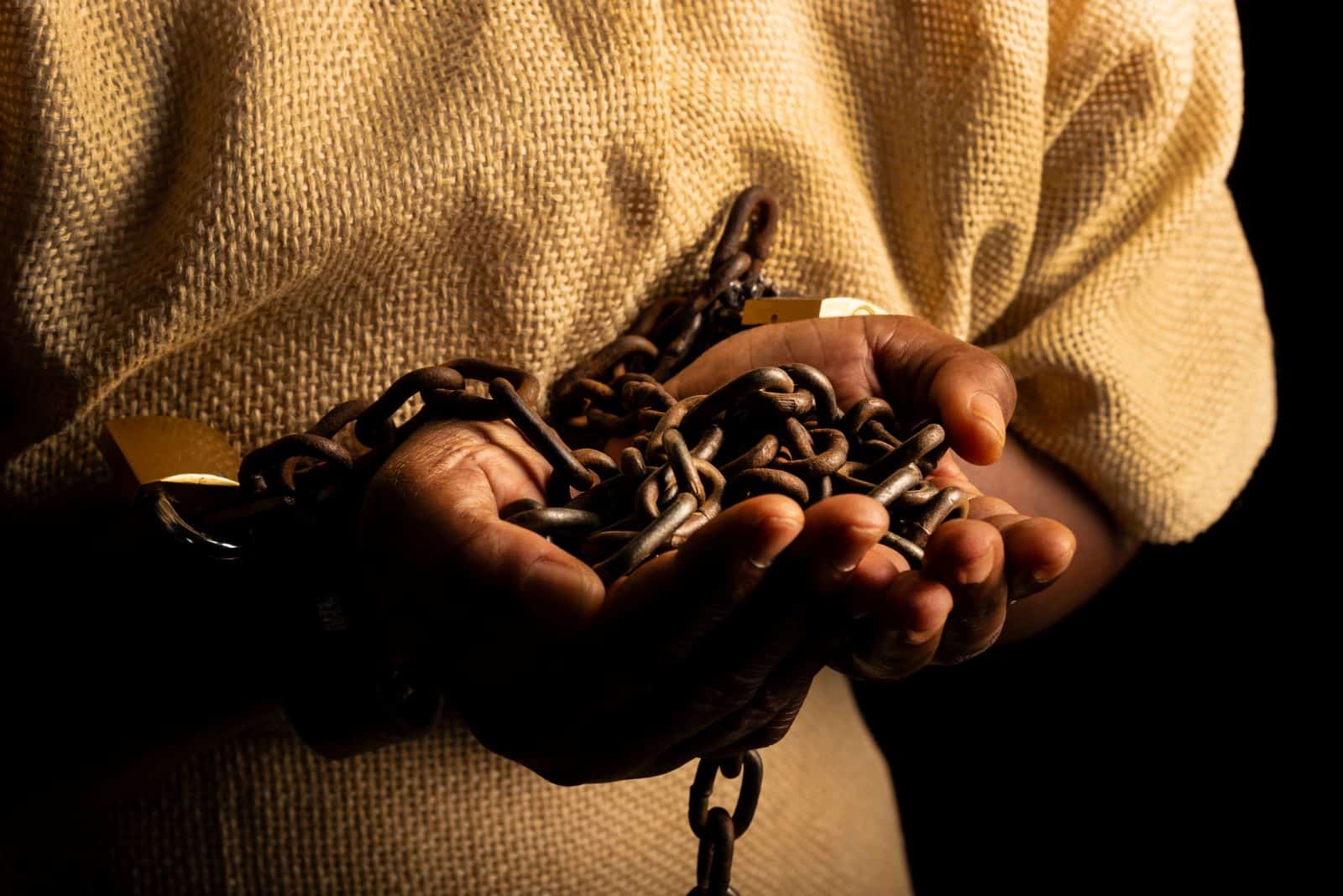
Issued by Abraham Lincoln during the Civil War in 1863, it declared that all enslaved people in Confederate-held territory were to be set free, which is sometimes misunderstood as freeing all slaves everywhere.
10. Which President Purchased Alaska, and From Which Country?
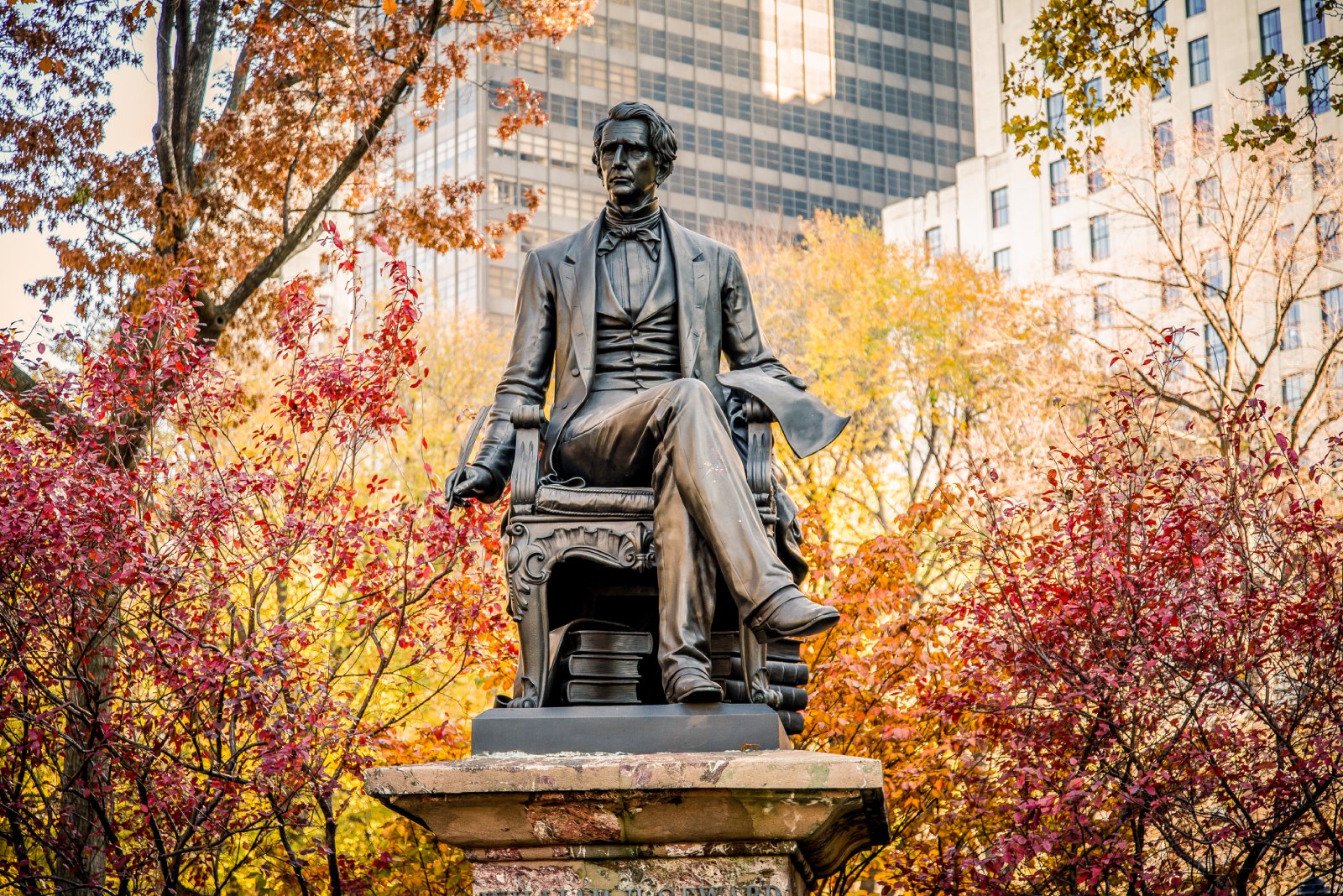
Secretary of State William Seward facilitated the purchase of Alaska from Russia in 1867, a strategic move often remembered as “Seward’s Folly.”
11. What Event Started World War II for the United States?
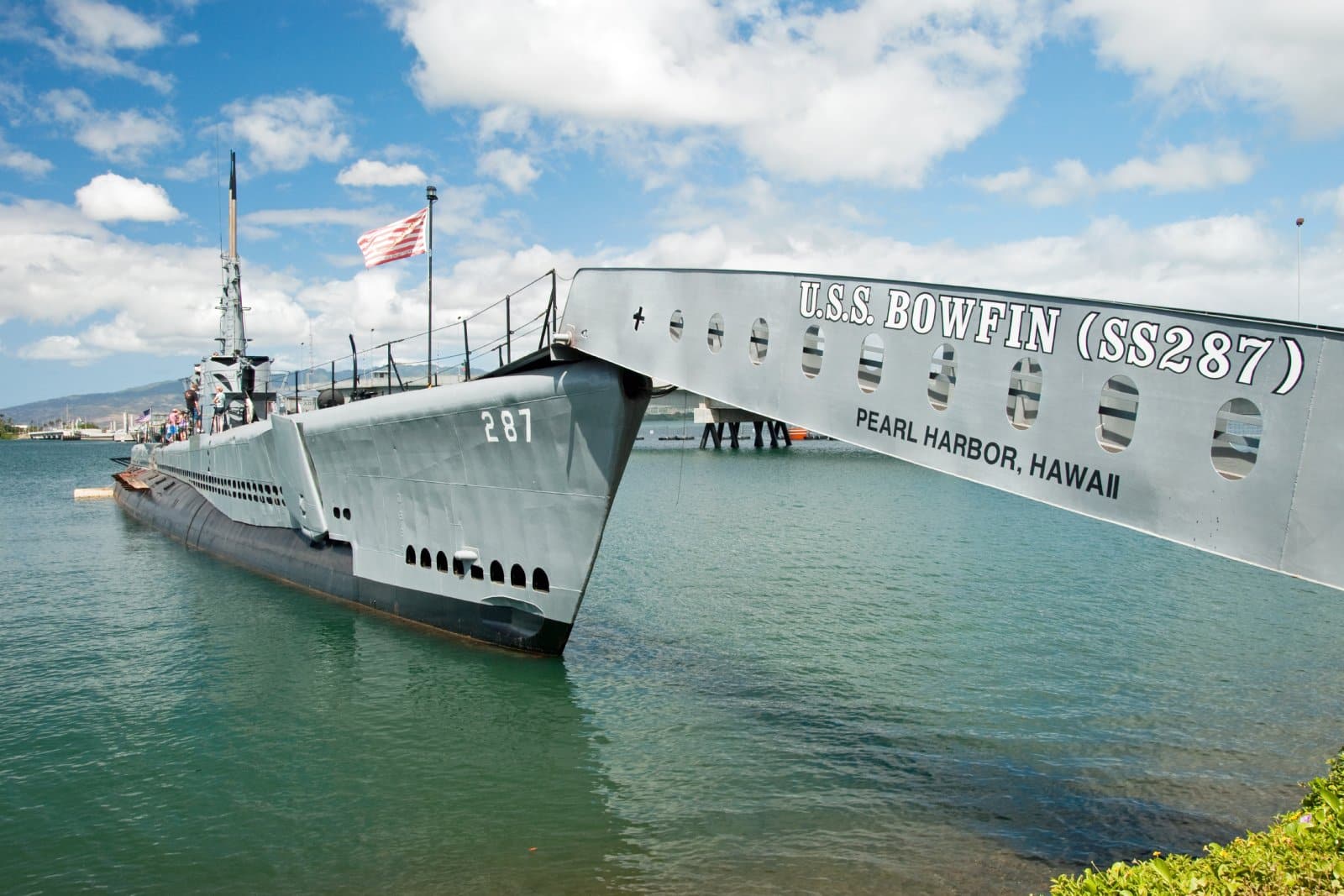
The attack on Pearl Harbor on December 7, 1941, thrust the U.S. into World War II, a detail sometimes missed by those unclear on the war’s origins.
12. Who Was President During the Great Depression and World War II?
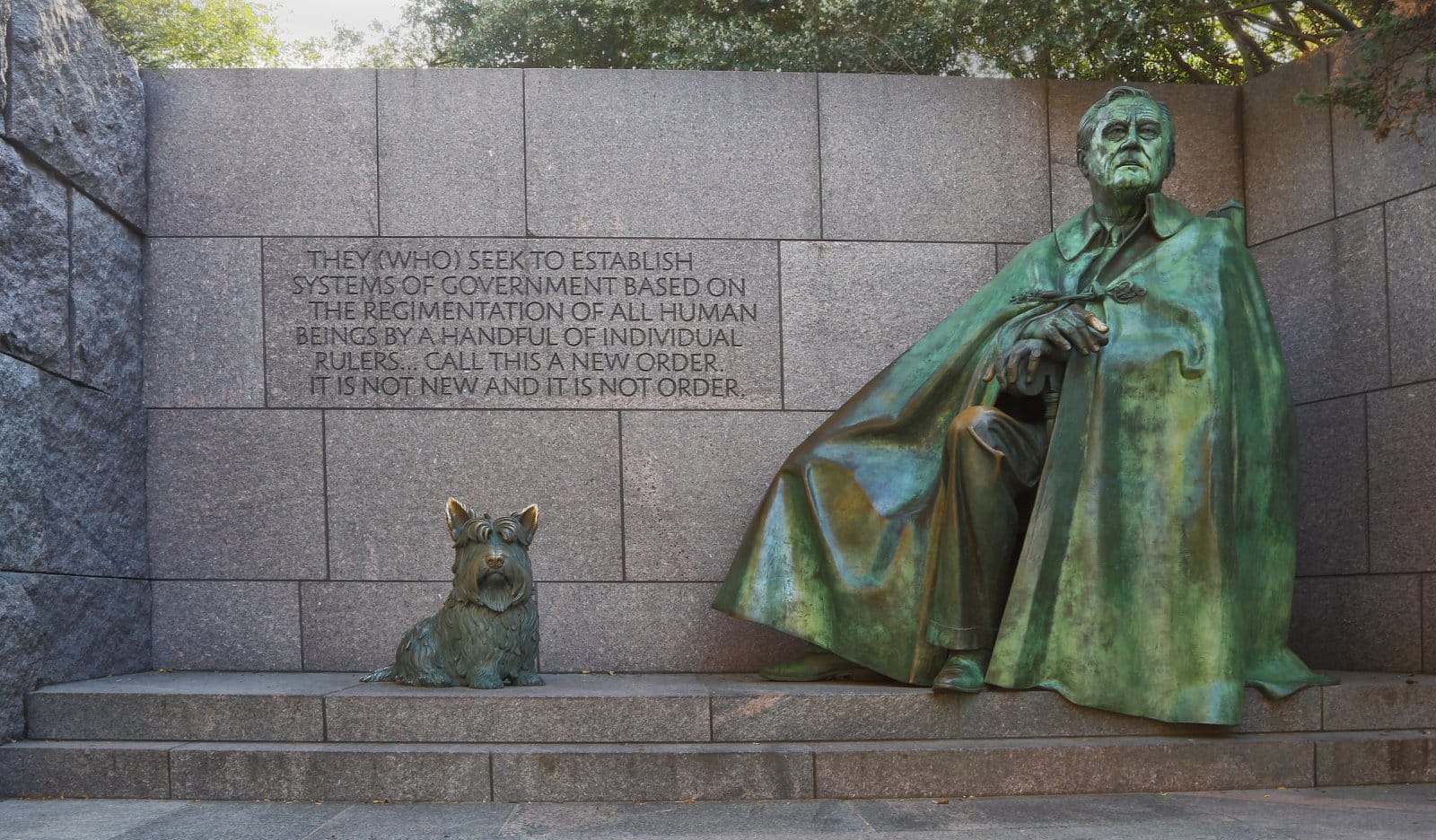
Franklin D. Roosevelt served during both crises, a tenure uniquely long due to the era’s unprecedented challenges.
13. What Are the First Ten Amendments to the Constitution Called?
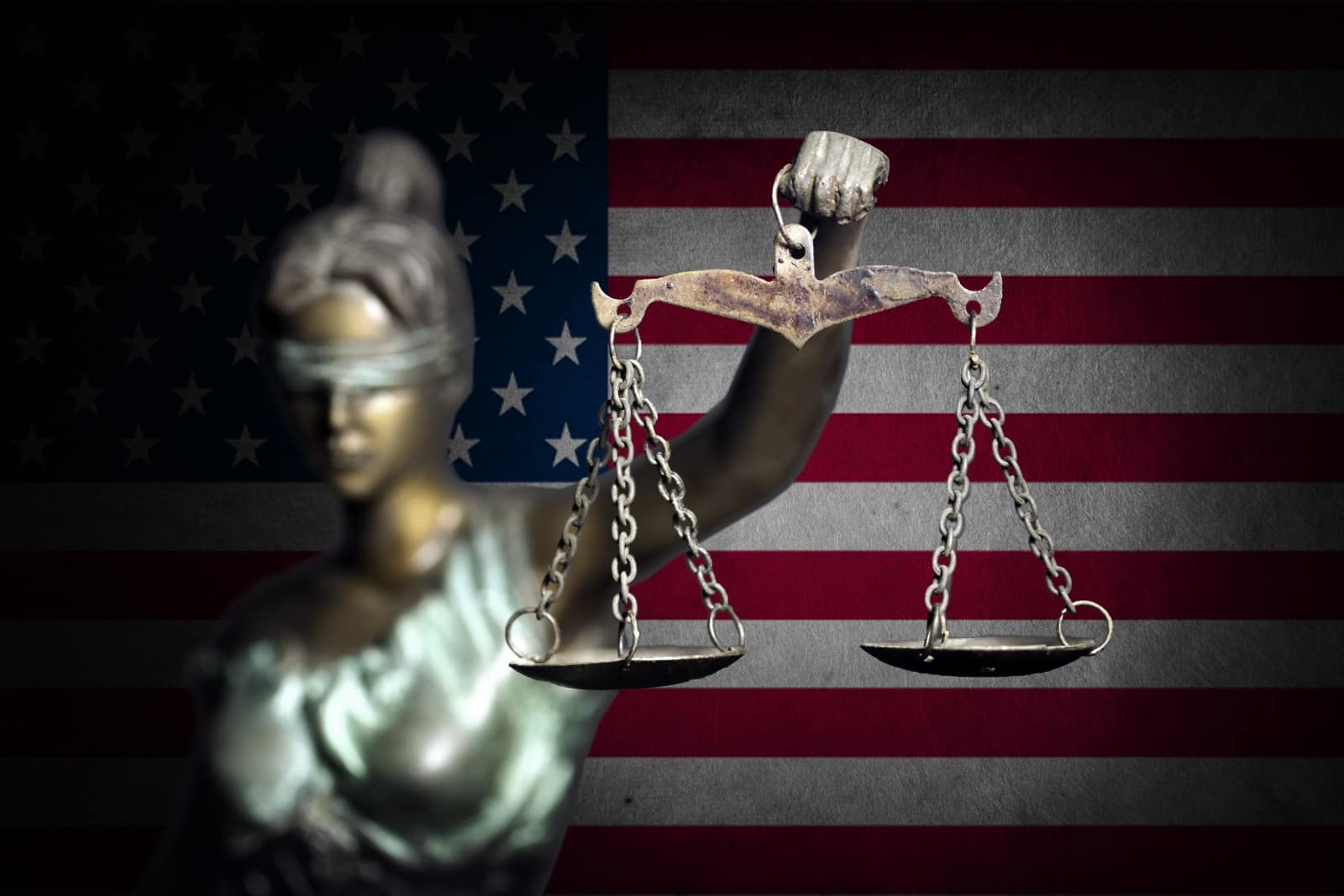
Known as the Bill of Rights, these first ten amendments secure critical freedoms, though some may falter on naming what they collectively protect.
14. Which American City Was the First to Use Electric Streetlights?
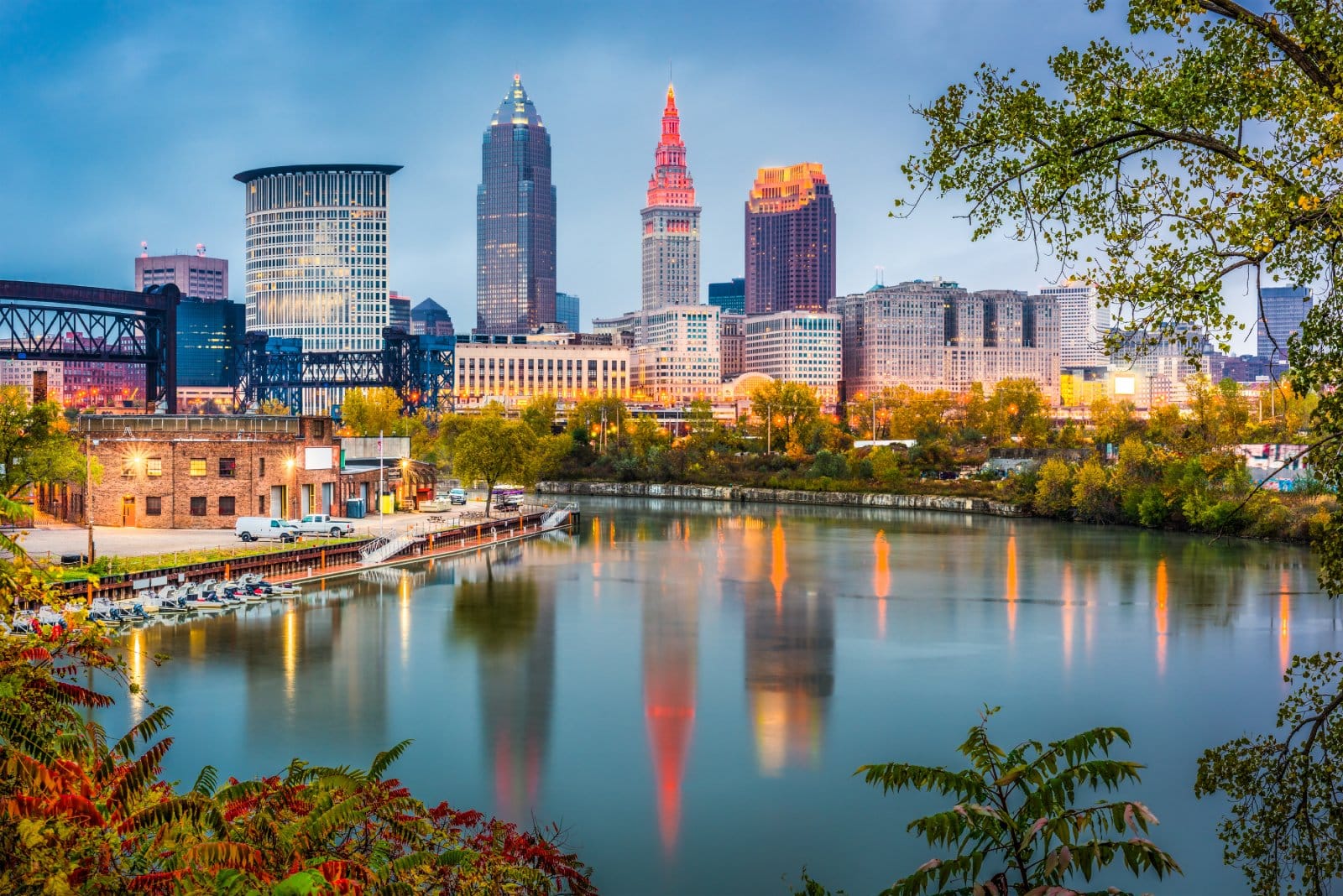
Cleveland, Ohio, was the first city to have public electric streetlights, illuminating Public Square in 1879.
15. Who Is Credited With Inventing the Light Bulb?

Thomas Edison is credited with inventing the first practical light bulb in 1879, though his was an improvement on earlier designs.
16. What Year Did Women Gain the Right to Vote?
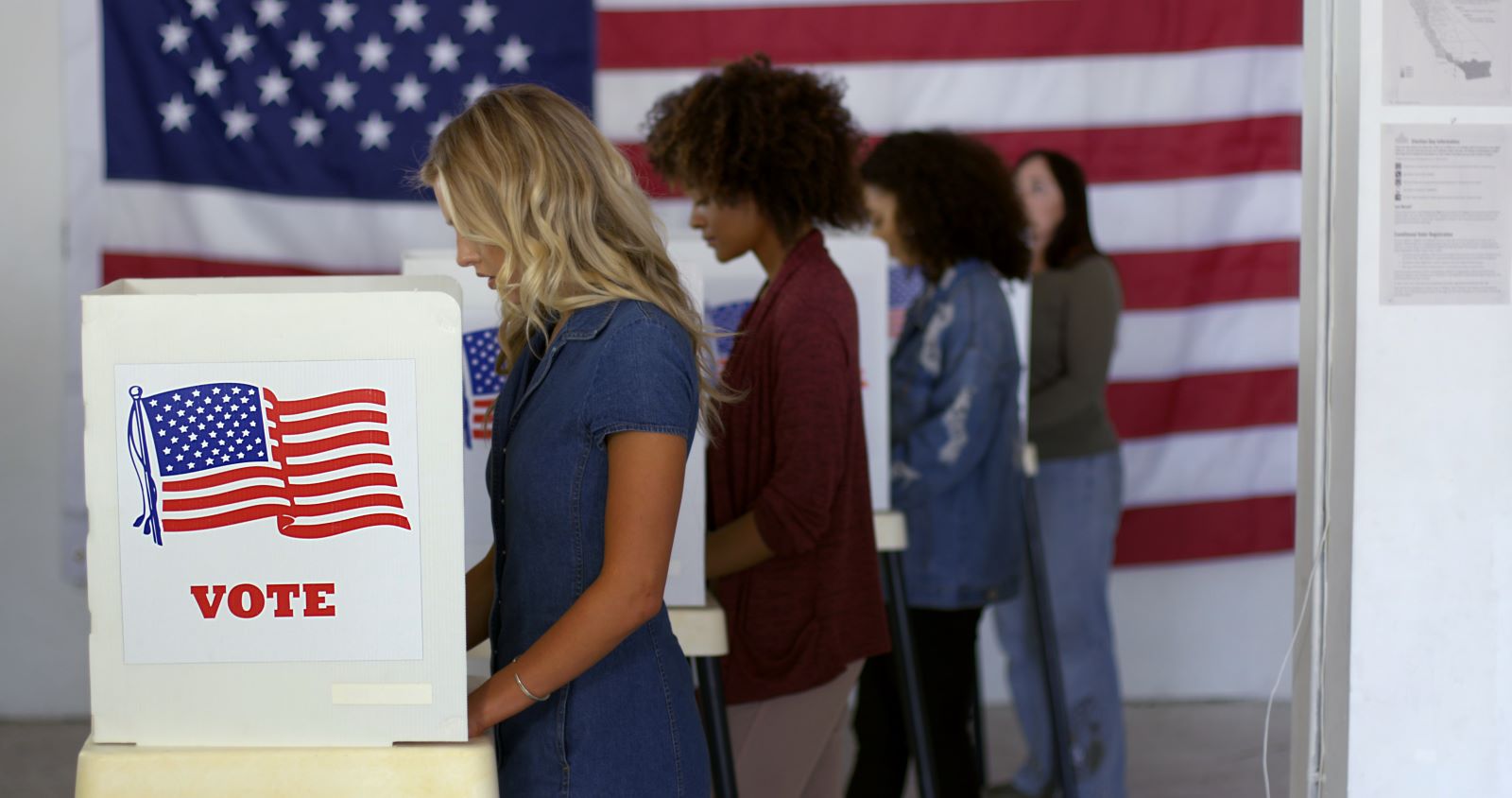
The 19th Amendment, granting women the right to vote, was ratified in 1920, though some might confuse this with earlier suffragette actions.
17. Which U.S. State Was the Last to Join the Union?
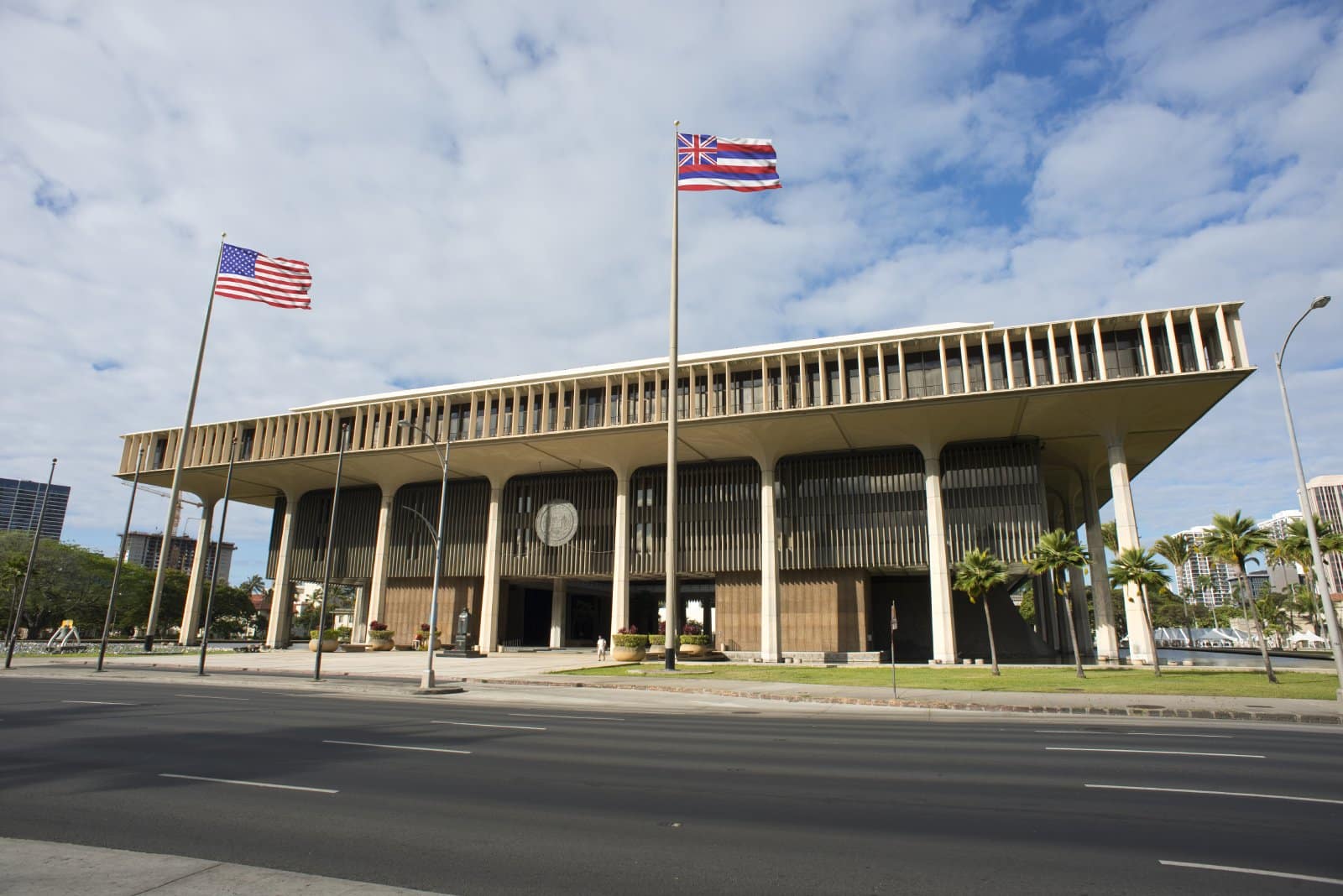
Hawaii became the 50th state on August 21, 1959, completing what we now recognize as the United States.
18. What Was the Louisiana Purchase?
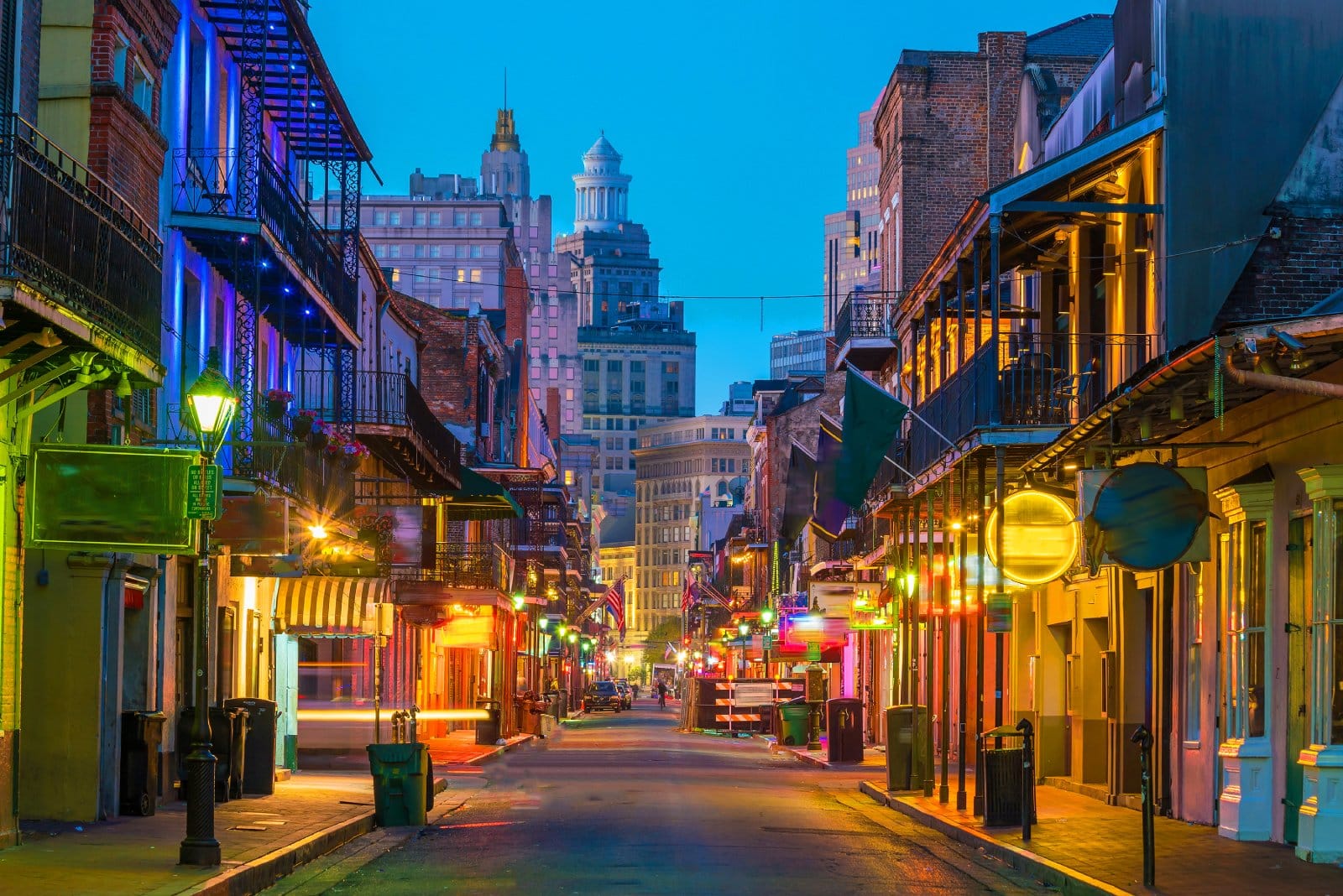
The Louisiana Purchase in 1803 nearly doubled the size of the U.S. by acquiring territory from France, a monumental land deal sometimes overlooked in its historical significance.
19. During Which Conflict Was the Treaty of Guadalupe Hidalgo Signed?
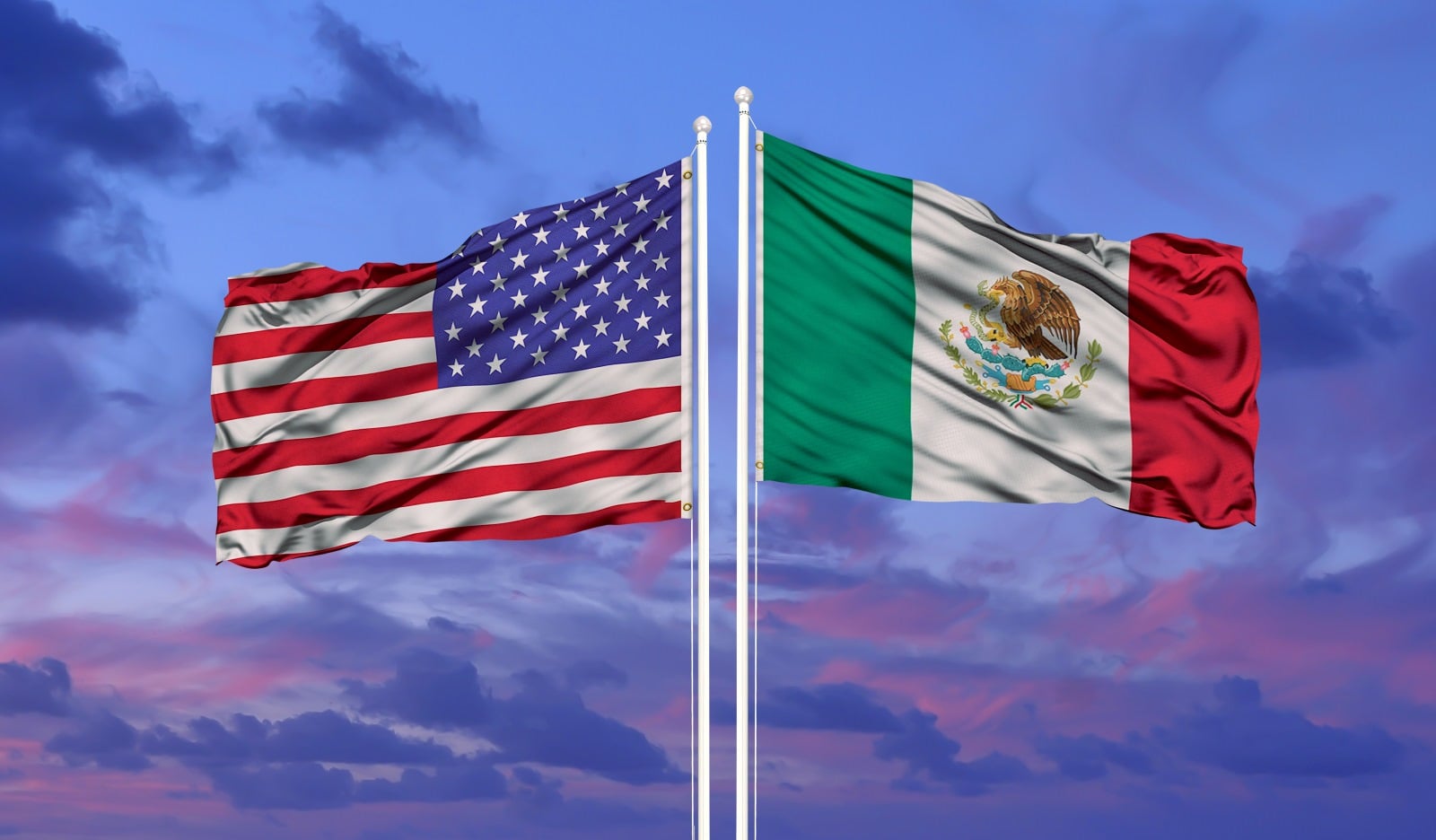
Ending the Mexican-American War in 1848, this treaty is often overshadowed by other diplomatic agreements in U.S. history.
20. What Is Manifest Destiny?

Manifest Destiny was the 19th-century doctrine that the U.S. was destined to expand across the continent, a term not always connected with its historical consequences.
21. Who Was the Longest Serving U.S. President?
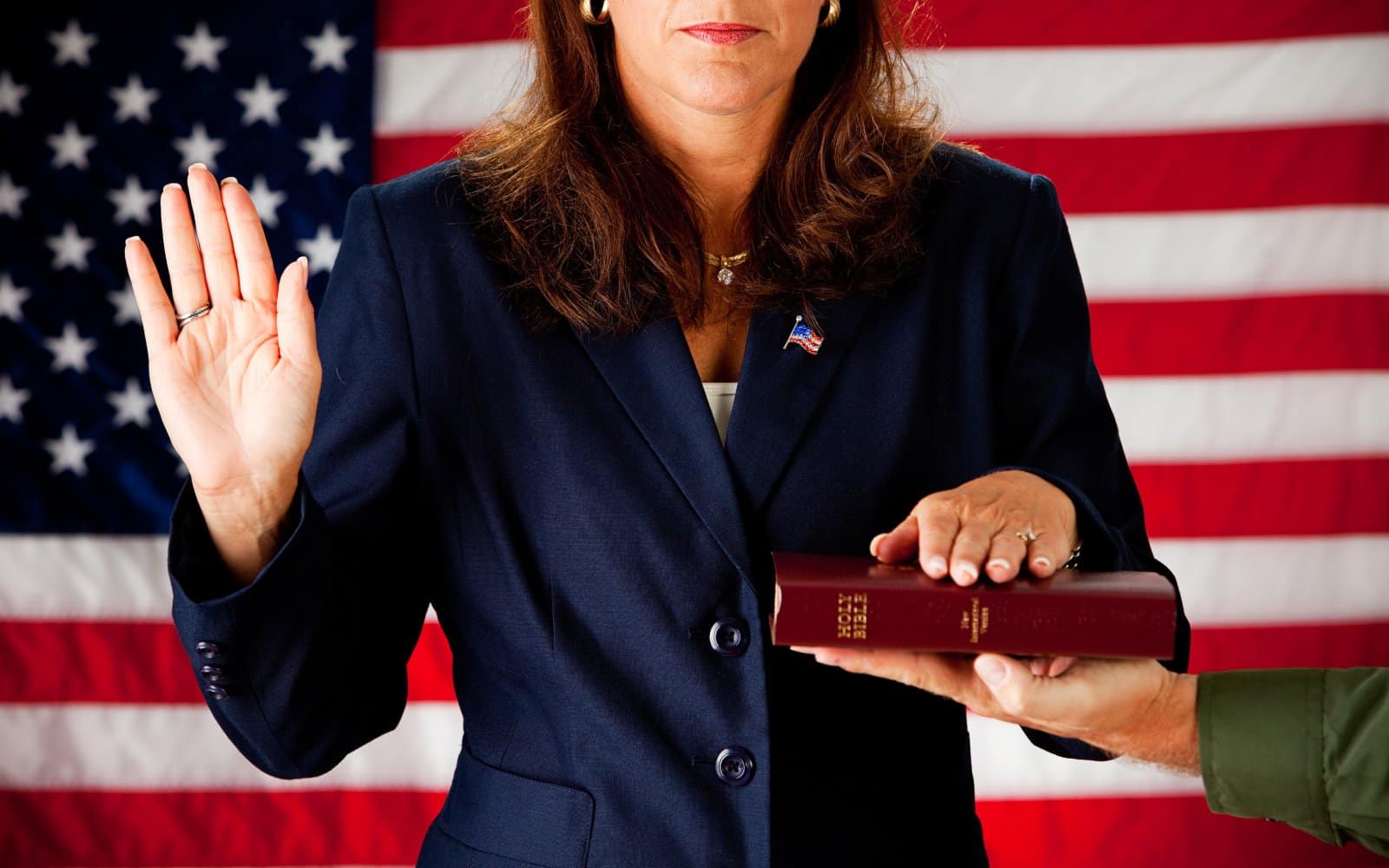
Franklin D. Roosevelt served four terms, the longest in U.S. history, a fact that surprises those accustomed to the two-term limit.
22. What Is the Significance of Ellis Island?
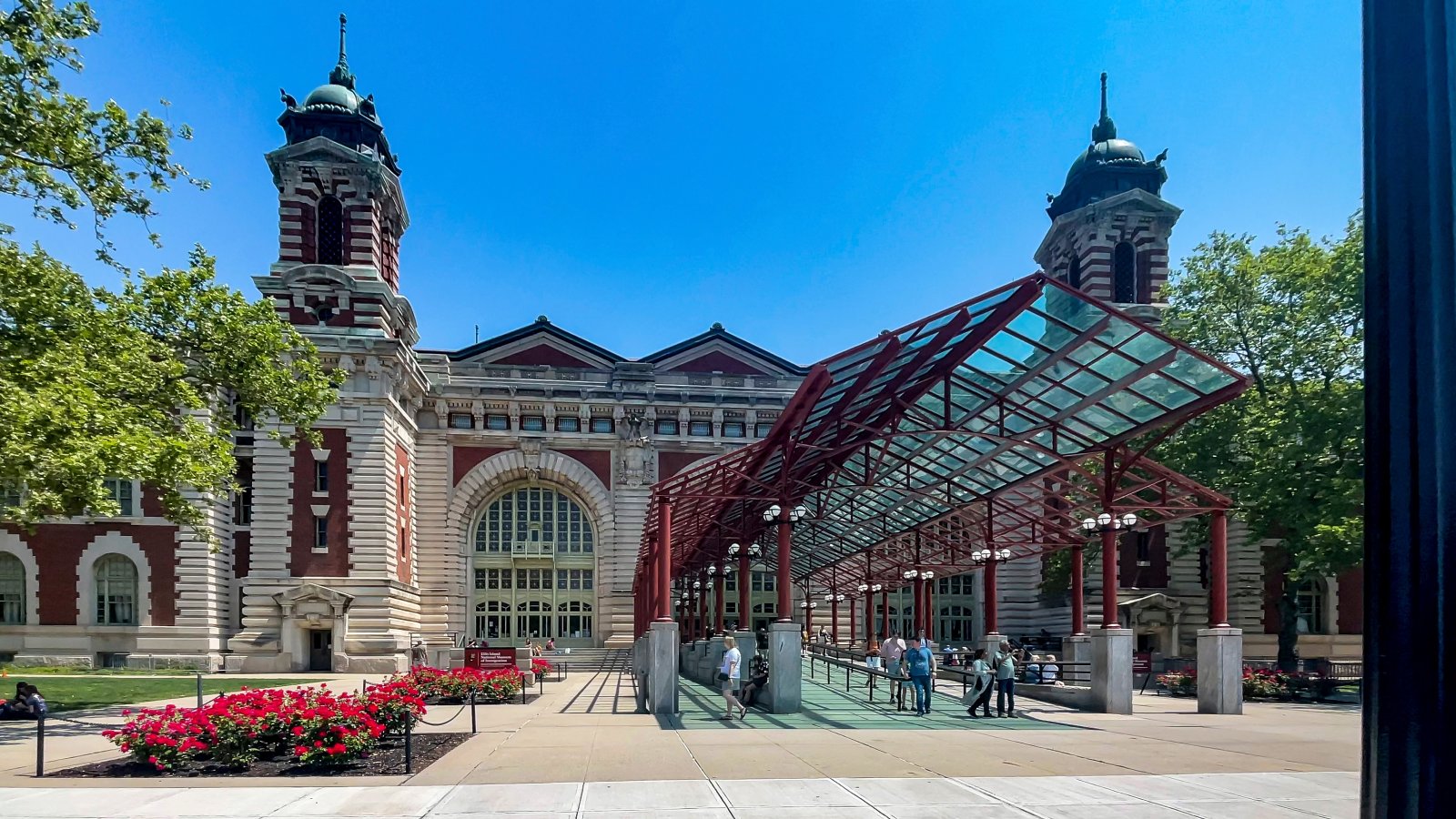
Ellis Island was the gateway for over 12 million immigrants to the U.S. from 1892 to 1954, integral to the nation’s history of immigration.
23. Which Treaty Ended the Revolutionary War?
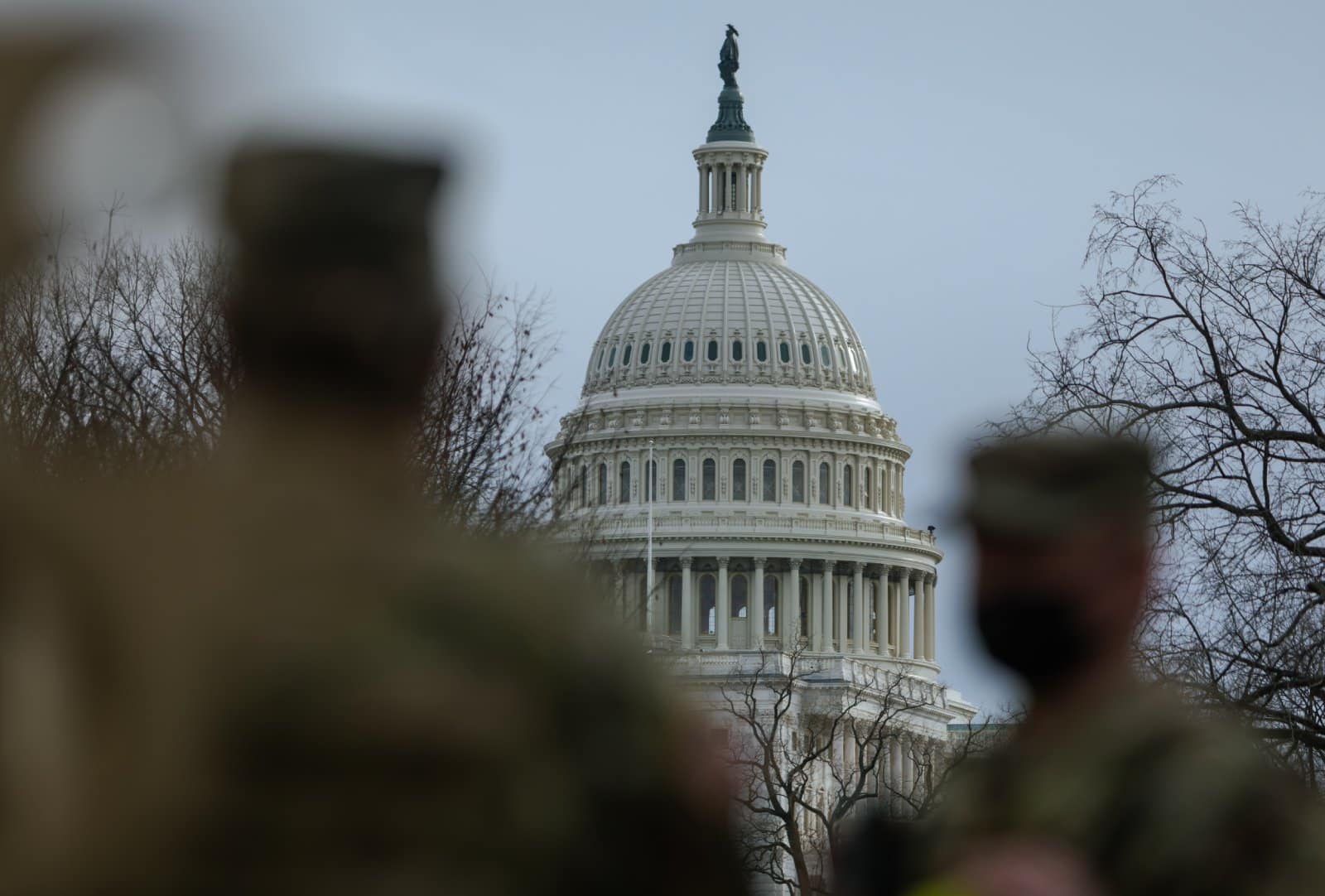
The Treaty of Paris, signed in 1783, ended the Revolutionary War and recognized American independence, a cornerstone event not always recalled.
24. What Was the First Battle of the American Revolution?

The Battles of Lexington and Concord in 1775 were the first military engagements of the American Revolution.
25. Who Was the Only U.S. President to Resign?
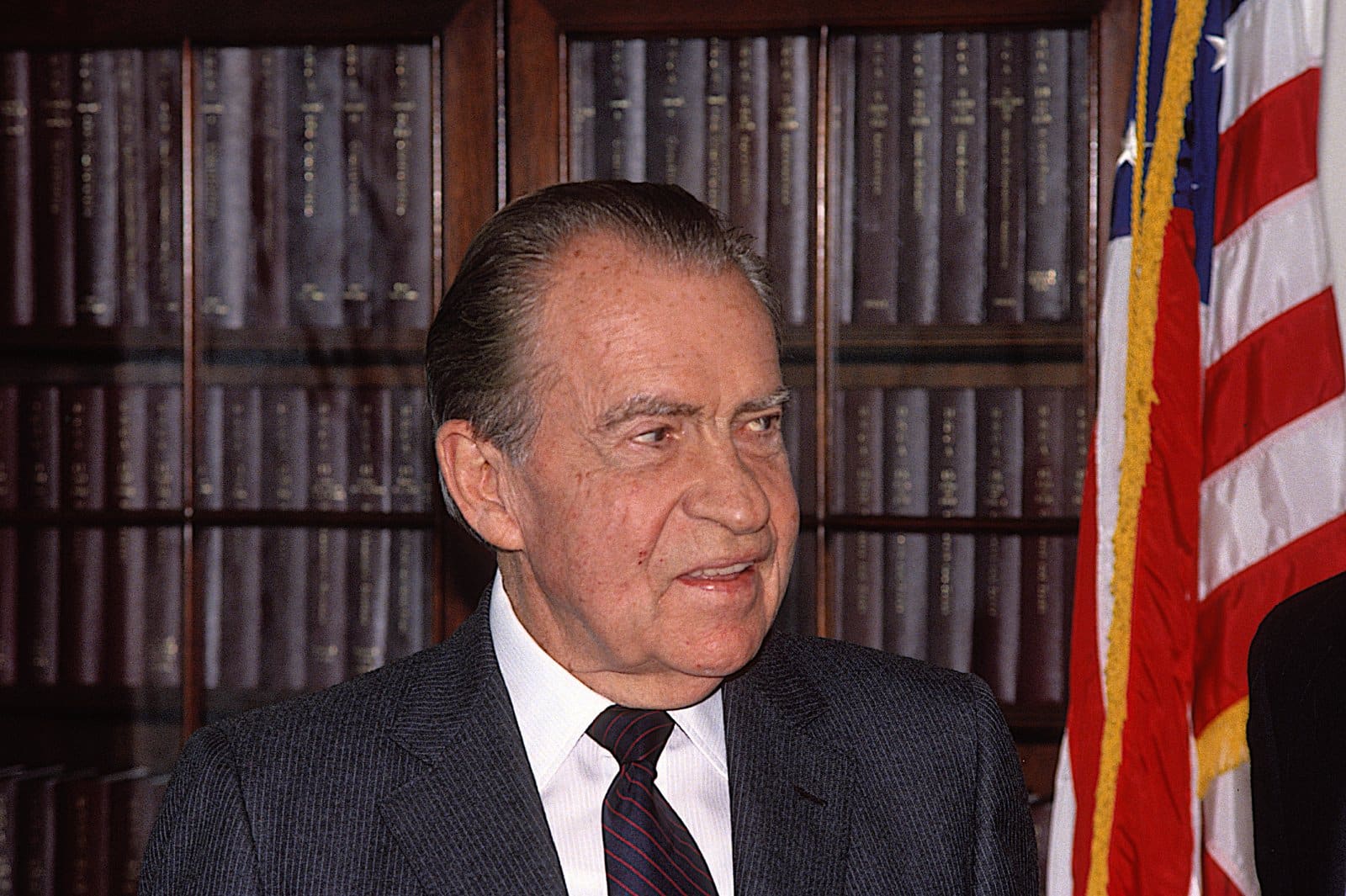
Richard Nixon resigned in 1974 amid the Watergate scandal, an unprecedented event in American politics.
History’s Blind Spots
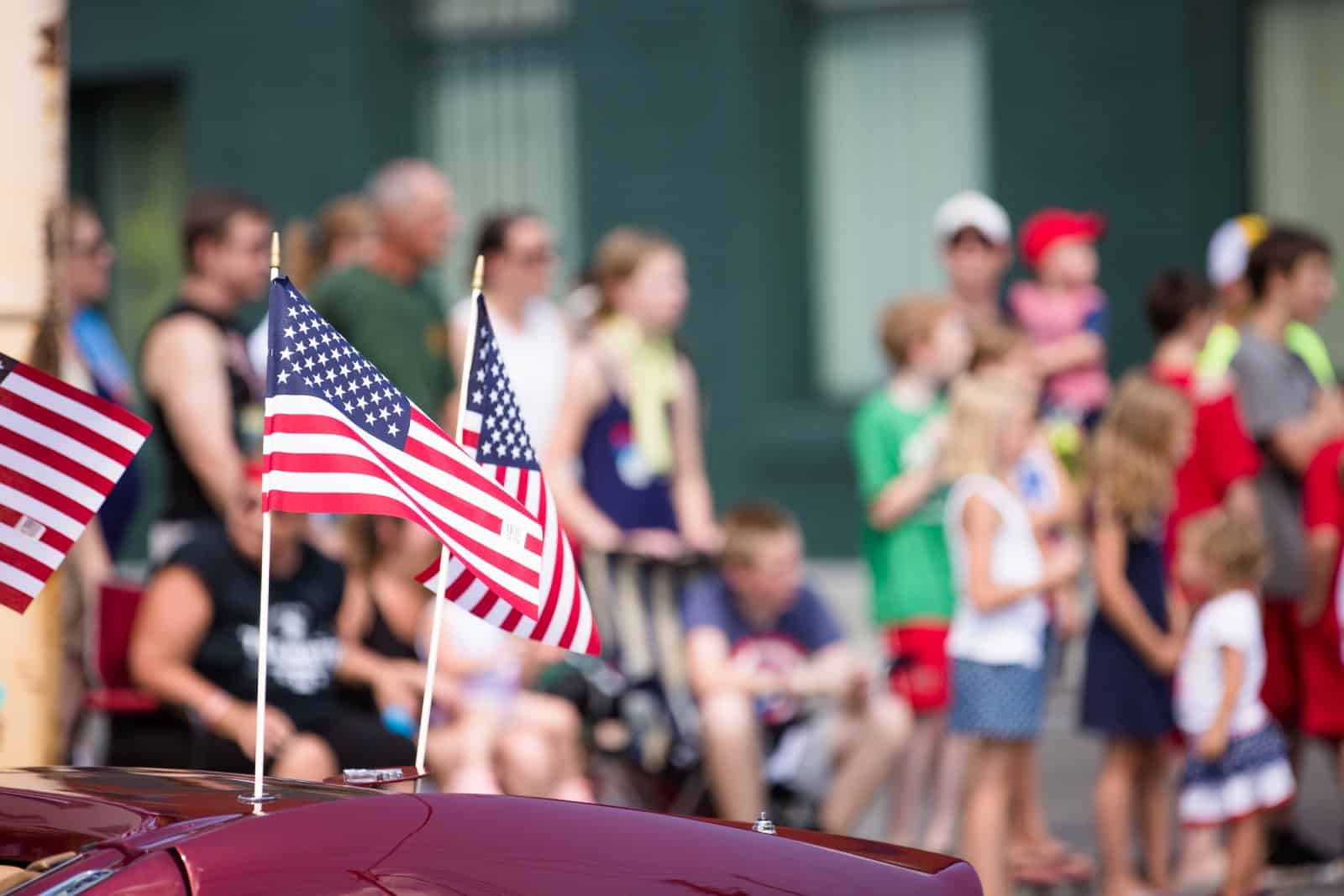
With so many pivotal moments and figures, it’s easy to lose track of the details that have shaped the United States. How many of these questions did you answer confidently, and how many left you guessing? Could these gaps in our collective memory change how we understand our past and its impact on the present?
21 Beliefs About the Bible That Are Actually False
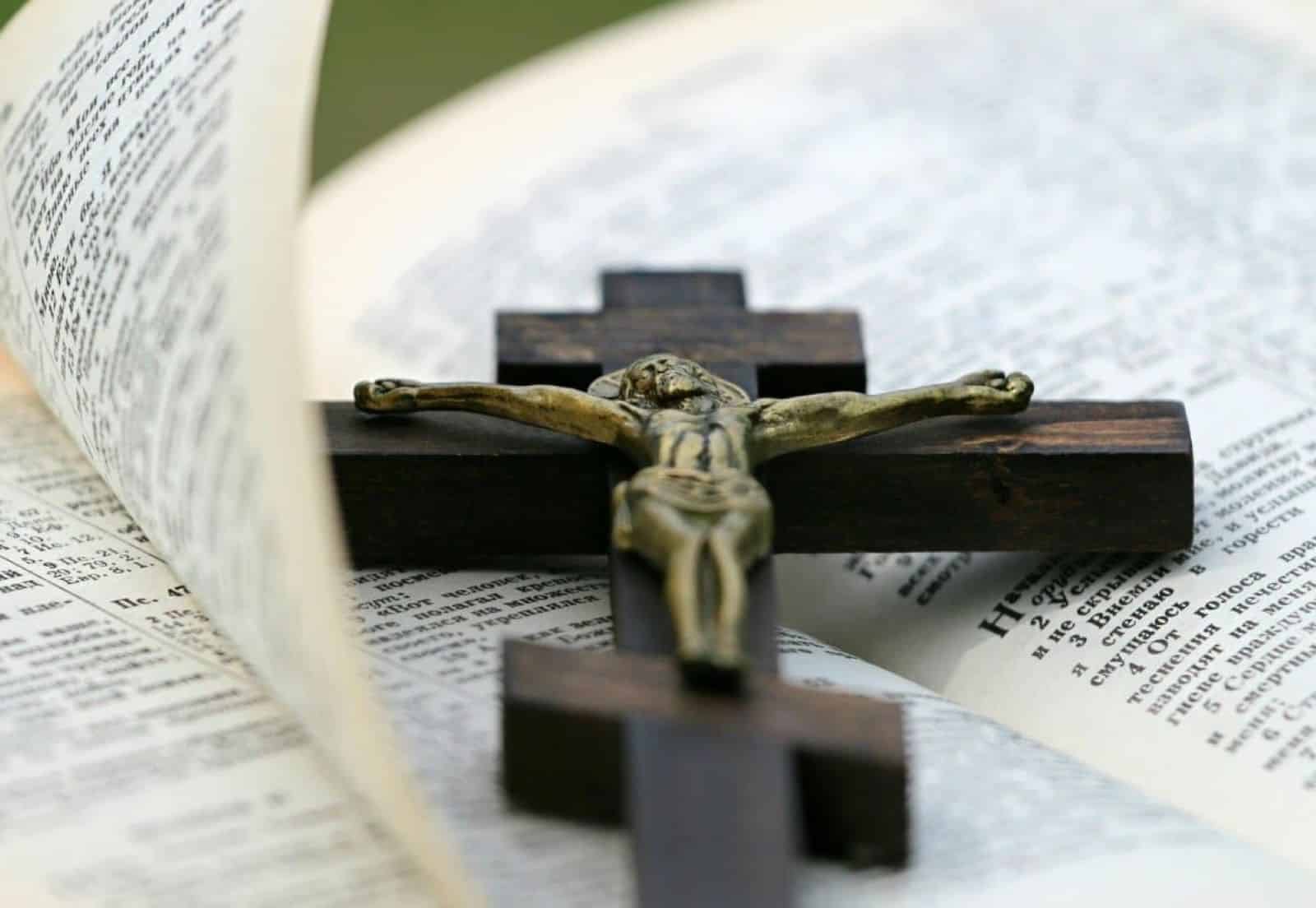
The Bible is one of the most discussed and debated books in history, yet many common beliefs about it are more myth than fact. How many of these misconceptions have you heard before? 21 Beliefs About the Bible That Are Actually False
21 Subtle Racisms That Are Commonplace in America
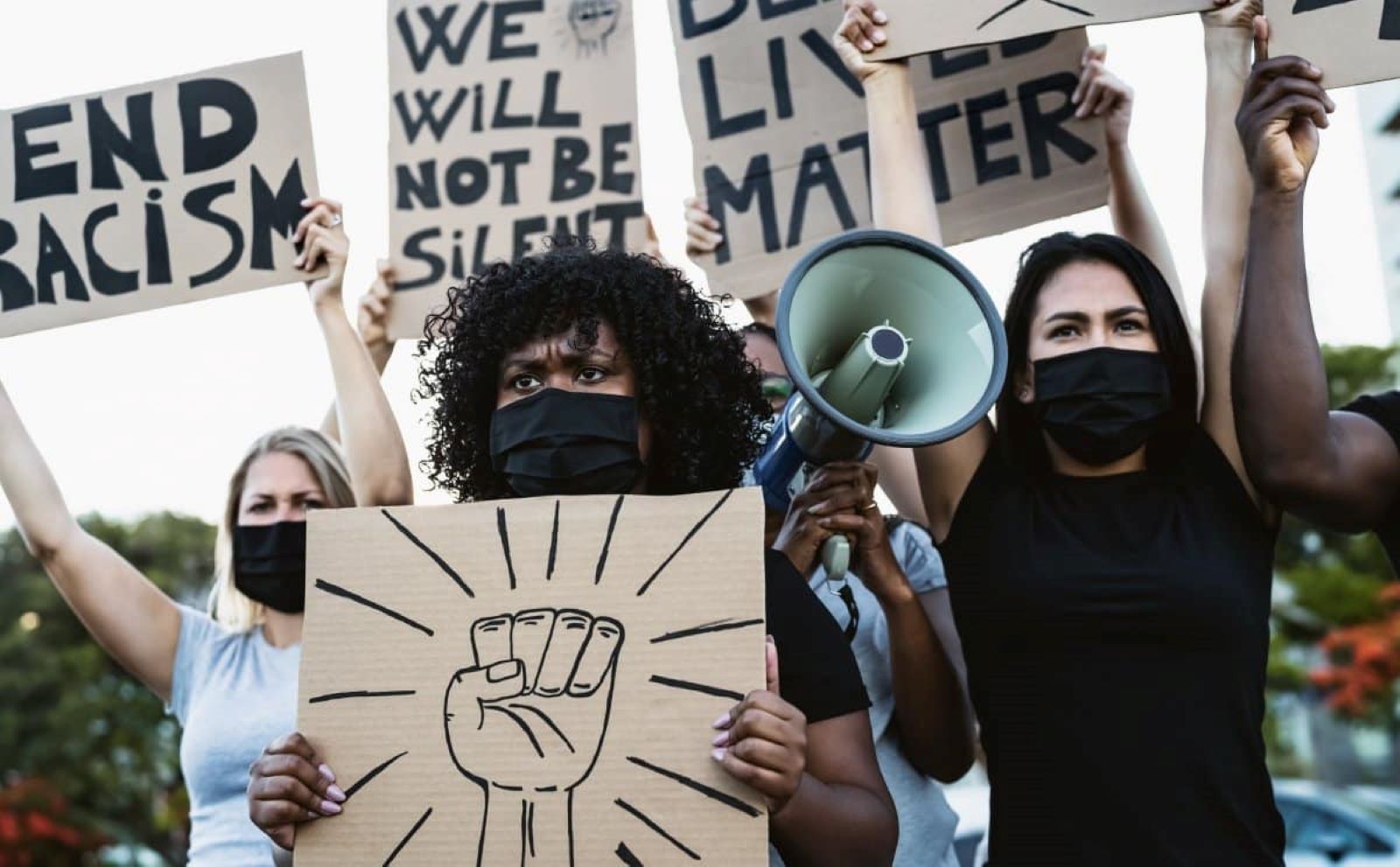
Racism in America isn’t always overt; it often hides in plain sight through subtle actions and attitudes. How many of these subtle racisms have you noticed around you? 21 Subtle Racisms That Are Commonplace in America
Only Legal in America: 21 Things You CAN’T Do in the Rest of the World
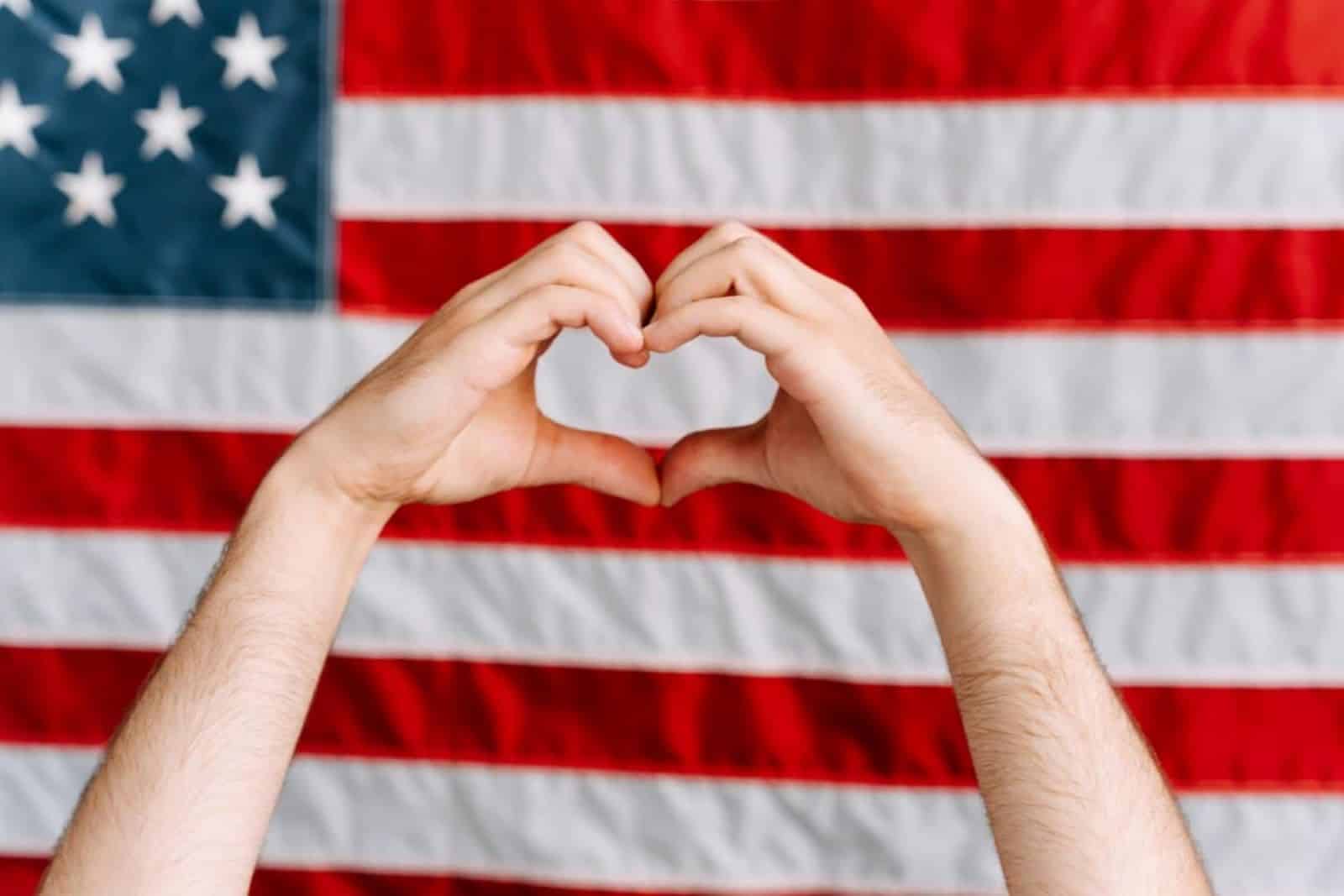
The U.S. dances to its own beat, especially when it comes to laws that make the rest of the world do a double-take. Here’s a lineup of things that scream “Only in America,” sticking strictly to what’s written in the law books. Ready for a tour through the American legal landscape that’ll leave you wondering if freedom might just be a bit too free? Only Legal in America: 21 Things You CAN’T Do in the Rest of the World
Featured Image Credit: Shutterstock / Gary Blakeley.
For transparency, this content was partly developed with AI assistance and carefully curated by an experienced editor to be informative and ensure accuracy.

